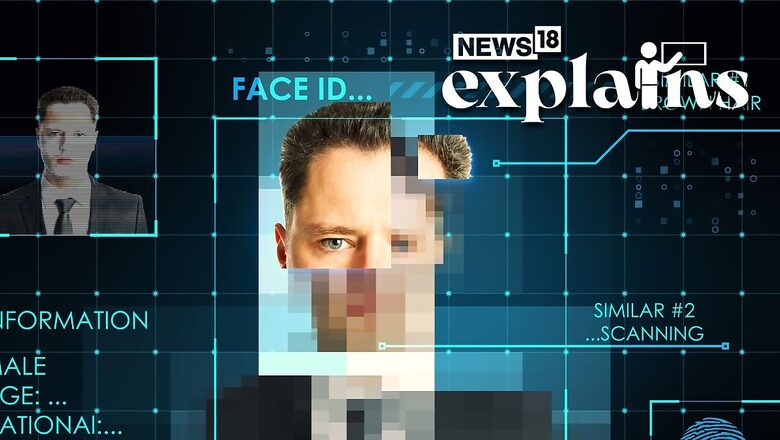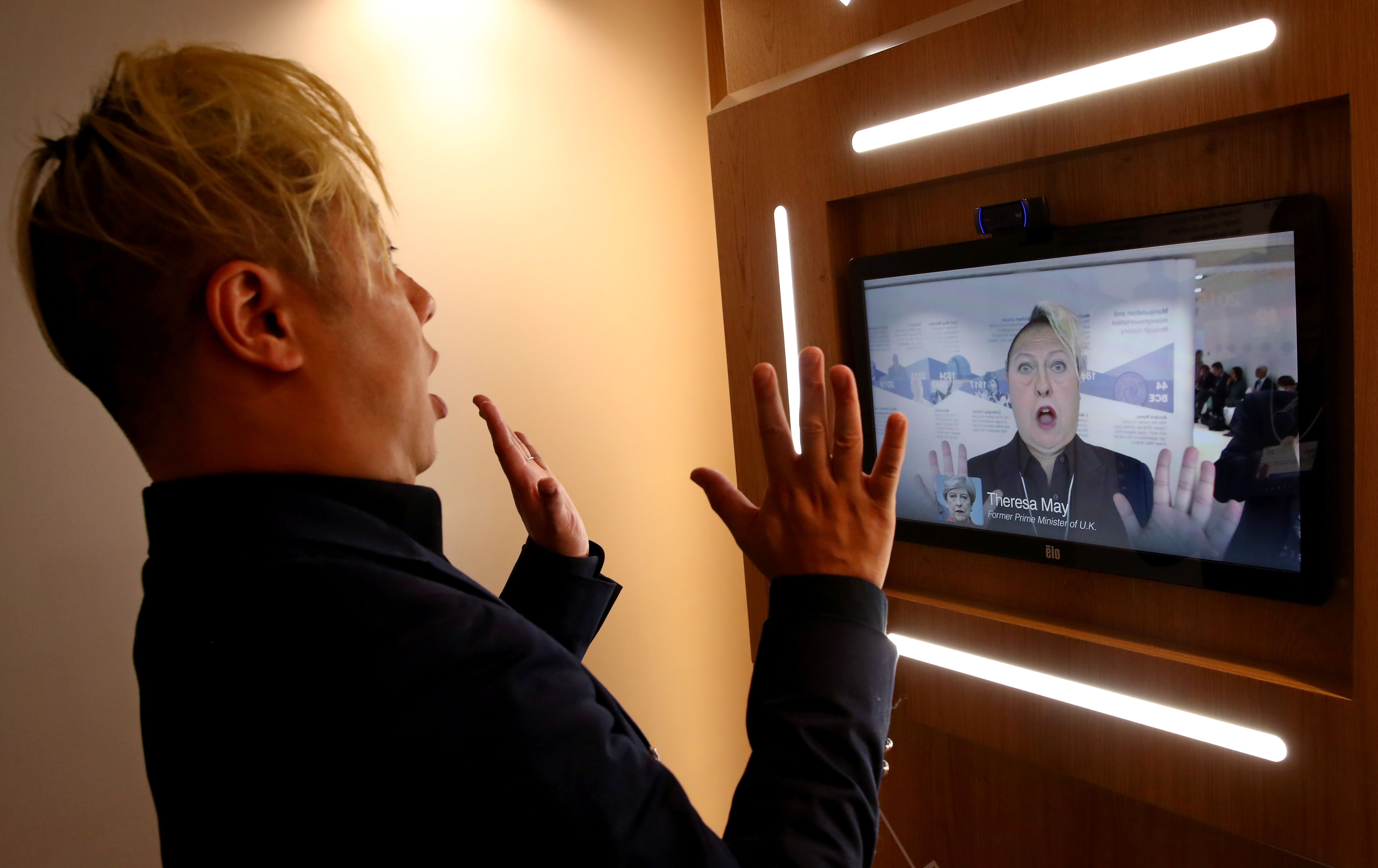
views
A man in Kerala fell prey to an artificial intelligence scam and lost Rs 40,000 after he received a call from someone claiming to be his former colleague.
Radhakrishnan, a resident of Kozhikode, received a video call on WhatsApp from an unknown number and the person looked like one of his former colleagues in Andhra Pradesh. The person sought Rs 40,000 from Radhakrishnan to help his relative admitted in a hospital. However, when Radhakrishnan received another call from the same person demanding another Rs 30,000, he got suspicious and filed a complaint with the Cyber Police.
According to the Kerala Police Cyber Cell, this is the first such cheating case in Kerala where the scammers used AI technology to fake videos.
What is AI-deepfake scam?
In order to understand deepfakes, let’s take the example of videos of Tom Cruise that we all came across on social media where he is seen roaming around in clothing store or showing a coin trick or biting into a lollipop.
There have been viral videos of Barack Obama calling Donald Trump a “complete dipshit" or Facebook founder Mark Zuckerberg bragging about having “total control of billions of people’s stolen data".
The videos were deepfakes, which were generated using artificial intelligence to make images of feek events or of a different person. The deepfakes are a combination of two terms- ‘deep learning’ and ‘fake’ and it is used to generate visual content. The technology involves using AI to map the movements of one person’s face onto the face of another person in a video or audio recording.
However, the deepfake videos first caught attention in 2017, when it featured celebrities’ faces swapped with those of porn stars. Since then, it has been used to create misleading videos, spreading misinformation and for financial frauds.
The technology has developed to such an extent where deepfake can create convincing but entirely fictional photos from scratch.
What Happened in Case of WhatsApp Deepfake?
The police began their investigation in the fraud case and tracked the transaction to a private bank in Maharashtra. The bank authorities froze the account.
Police said that the scammers used AI technology to create fake videos using pictures of the victim’s friends and acquaintances from social media and get information like names of common friends from social media.

The AI deepfake is becoming increasingly common across the globe as it has become more accessible and affordable.
In a similar incident from China, a scammer used AI-powered face-swapping technology to impersonate a friend of the victim during a video call and duped him of $622,000.
How to be Safe from AI-based Deepfakes Fraud
Here are some of the tricks and guidelines to be aware of to avoid such frauds:
- Always double-check the veracity of those contacting you through Whatsapp or Social media.
- Do not give out personal information or money to people that you do not know or trust.
- If someone calls you and asks for your details or other information regarding bank account or credit card number, don’t share.
- If the call looks like a deep fake or fraudulent, end the call and block the contact.
- Before transferring the money, contact the person you suspect is being impersonated on another number or through other means.
- Immediately alert the police over the helpline number 1930 in case of any cheating, so that the transaction can be frozen.
How do you spot a Deepfake?
Deepfakes can be quite believable, but they are always manipulated and generated by AI. There’s no single method of how to spot a deepfake, but there are some ways through which you can do:
- Pay attention to the face, they might look distorted or facially transformed.
- Check the cheeks and foreheads. A deepfake may have too smooth or too wrinkly skin.
- Look out for shadows in places that one would expect, like under the eyes.
- Pay attention to blinking and check whether it’s mechanical, too fast or too slow.
- Does the lip movement look natural as some deepfakes are based on lip syncing.
















Comments
0 comment